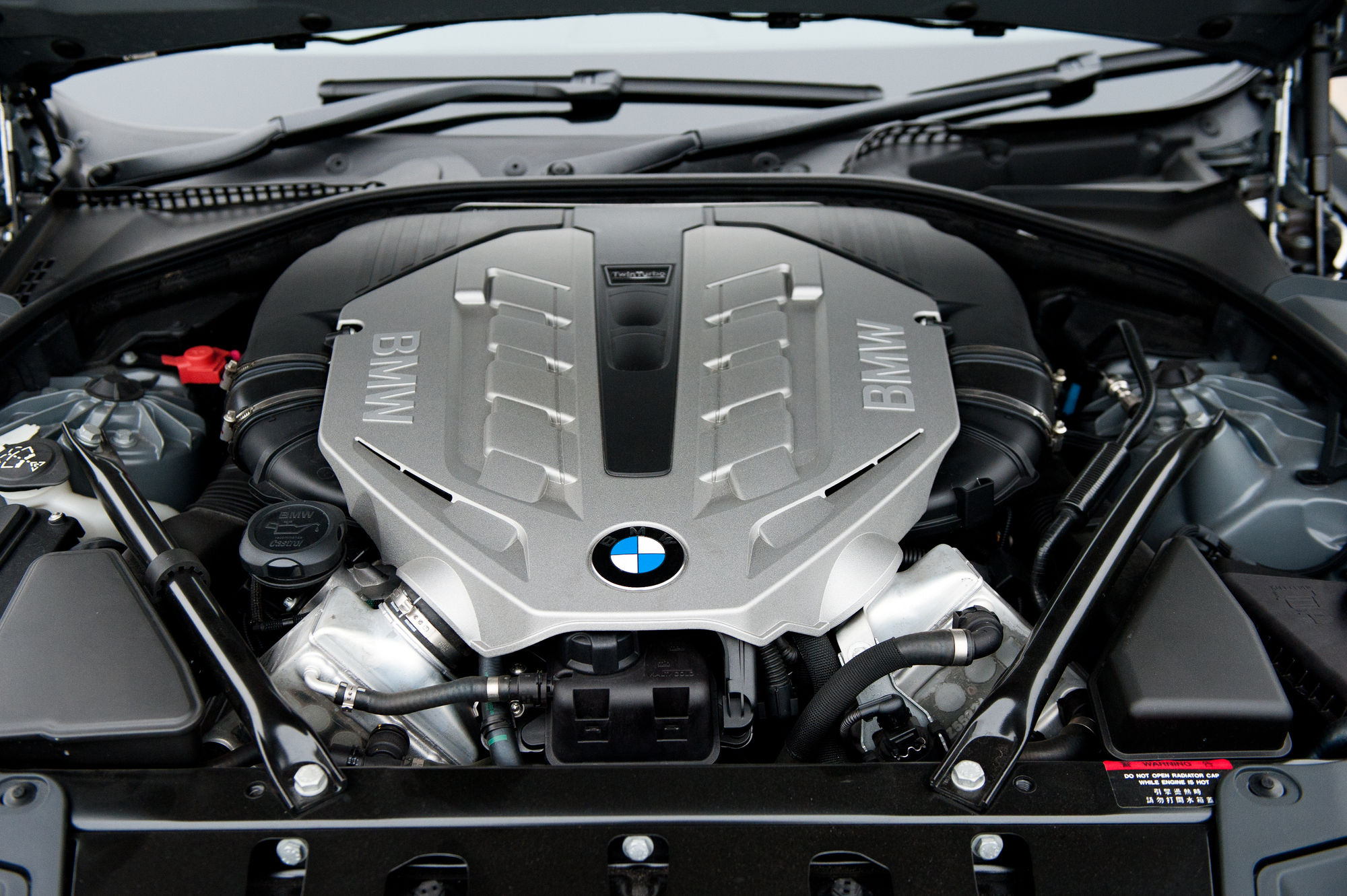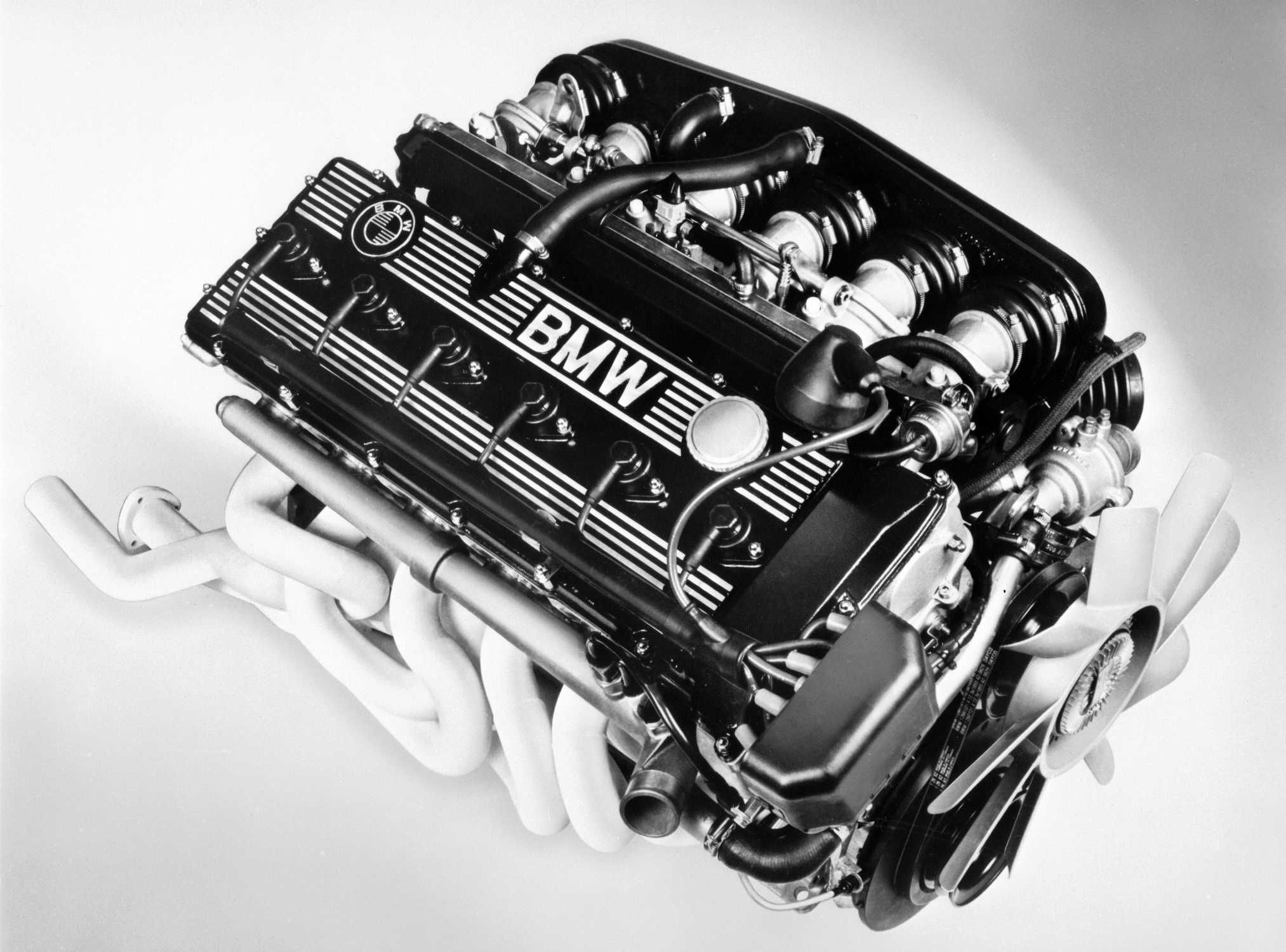Exploring the Evolution of Burning Engines in Modern Transportation Solutions
As we browse the landscape of contemporary transportation, the evolution of burning engines stands as a testament to human ingenuity and engineering expertise. The interaction of history, innovation, and environmental issues in forming the trajectory of burning engines produces a narrative that is both compelling and informative.
Early Beginnings of Combustion Engines
How did the principle of combustion engines initial emerge in the early phases of transportation advancement? The roots of combustion engines can be mapped back to the 17th century when the principles of interior burning were initial discovered.
The breakthrough minute featured the innovation of the first effective gasoline-powered engine by Karl Benz in 1885 - bmw engine. This engine led the means for the growth of the modern auto, transforming transport systems worldwide. Subsequent technologies by Nikolaus Otto and Gottlieb Daimler further fine-tuned burning engine technology, causing the mass production of automobiles and the quick development of the transport industry
These very early combustion engines were defined by their simplicity and effectiveness, laying the foundation for the complex and effective engines made use of in contemporary transport systems. The evolution of burning engines has actually contributed in forming the way we travel and deliver goods, noting a considerable turning point in the history of transport growth.
Shift to Internal Combustion Innovation
The change to internal burning technology marked a critical shift in the advancement of transportation systems. This change started in the late 19th century, with inventors like Nikolaus Otto and Gottlieb Daimler establishing the initial effective interior combustion engines. These engines revolutionized transportation by supplying a more powerful and effective choice to heavy steam engines and electric motors.
Among the vital advantages of inner combustion engines was their ability to be scaled down to suit cars, resulting in the growth of automobiles and bikes. This change from large, stationary engines to small, mobile ones led the way for the modern-day transport systems we see today.
The shift to inner combustion modern technology likewise spurred innovations in gas innovation, leading to the development of fuel and diesel as primary fuel sources for cars. This change not just made transport extra easily accessible to the masses however additionally laid the structure for the oil and gas market to become essential to global economies.
Influence of Combustion Engines on Transport
The adoption of combustion engines in transport systems militarized a profound change in the efficiency and rate of global mobility. Burning engines revolutionized transport by offering a functional and trustworthy resource of power for numerous vehicles, consisting of cars and trucks, ships, aircrafts, and trucks. This development considerably improved the capacity for items and individuals to conform fars away in much shorter time structures, causing boosted connection between areas and countries.
Furthermore, the extensive use of combustion engines has had a substantial influence on economic advancement. The capacity to transfer products efficiently has actually stimulated trade and business, enabling businesses to expand their markets and reach consumers worldwide. This has actually helped with economic development and globalization, as items can currently be transferred quicker and in larger quantities than ever.
Nonetheless, the ecological impact of burning engines can not be overlooked. The combustion of fossil gas has actually resulted in air pollution and greenhouse gas emissions, adding to environment modification and posing health dangers to populaces. bmw engine. Because of this, there is an expanding emphasis on creating alternative propulsion innovations to mitigate these adverse results and create an extra sustainable future for transportation
Developments in Combustion Engine Layout
One notable advancement is the advancement of turbocharged engines, which make use of exhaust gases to drive a wind turbine that presses inbound air, enabling for more fuel to be burnt, resulting in boosted power output without a substantial rise in engine size. Variable shutoff timing systems have also changed engine design by enhancing air movement at various engine speeds, boosting both power and efficiency. These advancements collectively add to the continual visit the website renovation of combustion engines in modern-day transport systems.
Future Patterns in Burning Engine Development
With modern technology advancements driving continuous innovation, the future of burning engine advancement is positioned to reinvent transport systems around the world. One of the crucial trends in burning engine growth is the push in the direction of higher effectiveness and decreased discharges. Suppliers are spending heavily in r & d to boost engine efficiency while meeting stringent environmental regulations. This consists of the assimilation of sophisticated gas injection systems, improved turbocharging techniques, and the usage of lightweight materials to optimize fuel intake and pop over here reduce carbon discharges.
An additional famous pattern is the fostering of hybrid modern technologies in combustion engines. Crossbreed engines integrate traditional burning innovation with electric power, offering improved fuel efficiency and lower exhausts. As the automotive market changes in the direction of electrification, crossbreed combustion engines are seen as a transitional solution that bridges the gap in between conventional vehicles and completely electric ones.
Moreover, the assimilation of smart technologies, such as synthetic intelligence and information analytics, is expected to play a significant duty in the future of combustion engine advancement. These technologies can optimize engine performance in real-time, resulting in a lot more efficient combustion processes and improved total automobile performance. Accepting these future patterns will certainly not only drive development in combustion engine development but likewise add to a much more lasting and eco-friendly transportation community.

Verdict
In conclusion, the evolution of burning engines in modern transport systems has actually been noted by substantial innovations in modern technology and layout. From the very early starts of burning engines to the change to inner burning technology, these engines have had an extensive influence on transportation.
The origins of burning engines can be traced back to the 17th century when the principles of inner combustion were very first discovered. These engines transformed transportation by using a much more effective and effective option to heavy steam engines and electrical motors.
